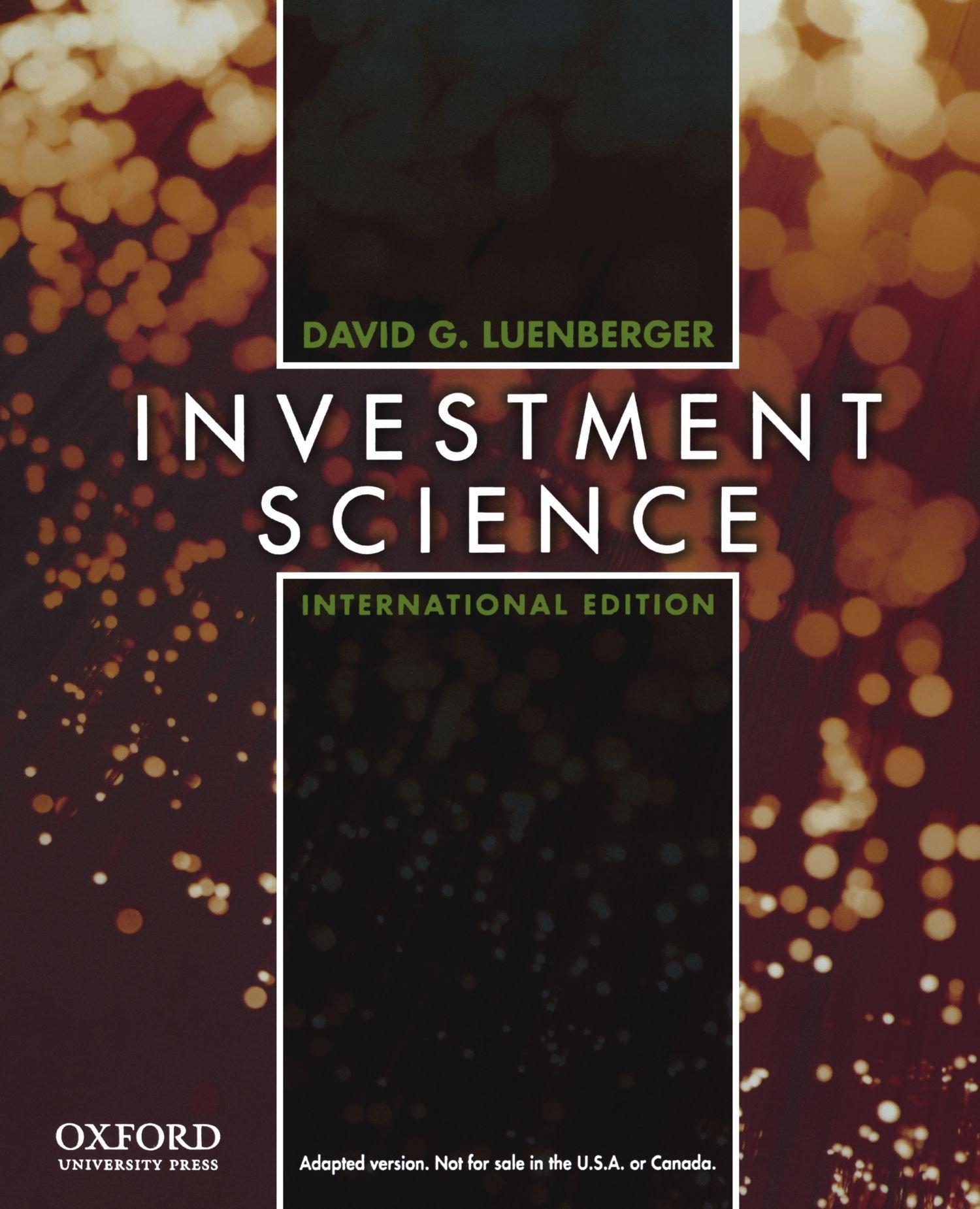Question
During the year ended 30 September 2019, Akwak entered the following transactions: (i) On 1 September 2019, Akwak sold a smelting machine to a customer
During the year ended 30 September 2019, Akwak entered the following transactions:
(i) On 1 September 2019, Akwak sold a smelting machine to a customer and agreed to service the machine for a two-year period from 1 September 2019 for no additional charge. The total amount paid on the 31 January 2020 by the customer is $1 620,000. The stand-alone selling price of the machine was $1 400,000 and Akwak would normally expect to receive $280,000 in consideration for providing two years servicing of the machine. The alternative amounts receivable is to be treated as variable consideration.
(ii) On 20 September 2019, Akwak sold 200 identical items to a customer for $4,000 each. The items cost Akwak $3 200 each to manufacture. The terms of sale are that the customer has the right to return the goods for a full refund within three months. After the three-month period has expired the customer can no longer return the goods and payment becomes immediately due. Akwak has entered into transactions of this type with this customer previously and can reliably estimate that 4% of the products are likely to be returned within the three-month period.
Required:
Akwak prepares financial statements to 30 September each year.
- In part (i) above, use the five-step process according to IFRS 15 to determine if and when revenue from contracts with customers would be realized. (10 marks)
- In part (ii) above, explain and show how the transactions would be reported in the financial statements of Akwak for the year ended 30 September 2019. (5 marks)
Step by Step Solution
There are 3 Steps involved in it
Step: 1

Get Instant Access to Expert-Tailored Solutions
See step-by-step solutions with expert insights and AI powered tools for academic success
Step: 2

Step: 3

Ace Your Homework with AI
Get the answers you need in no time with our AI-driven, step-by-step assistance
Get Started


